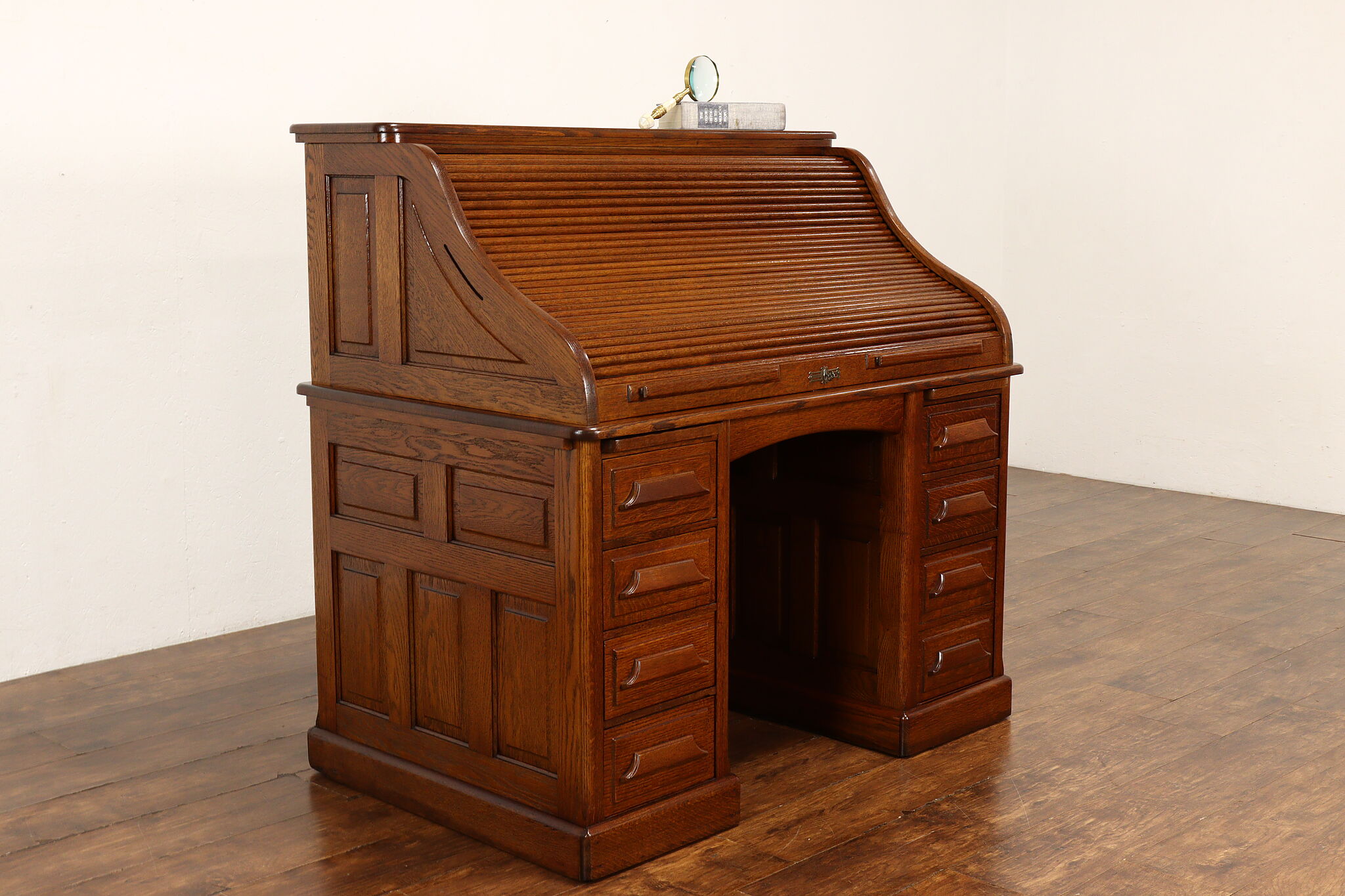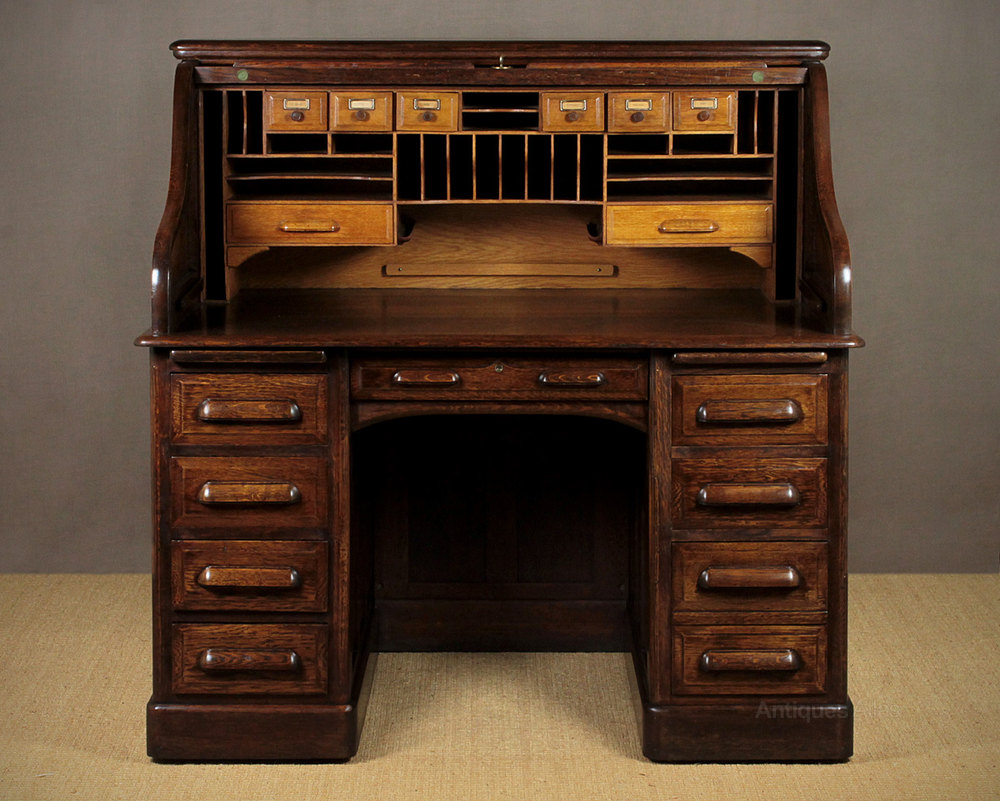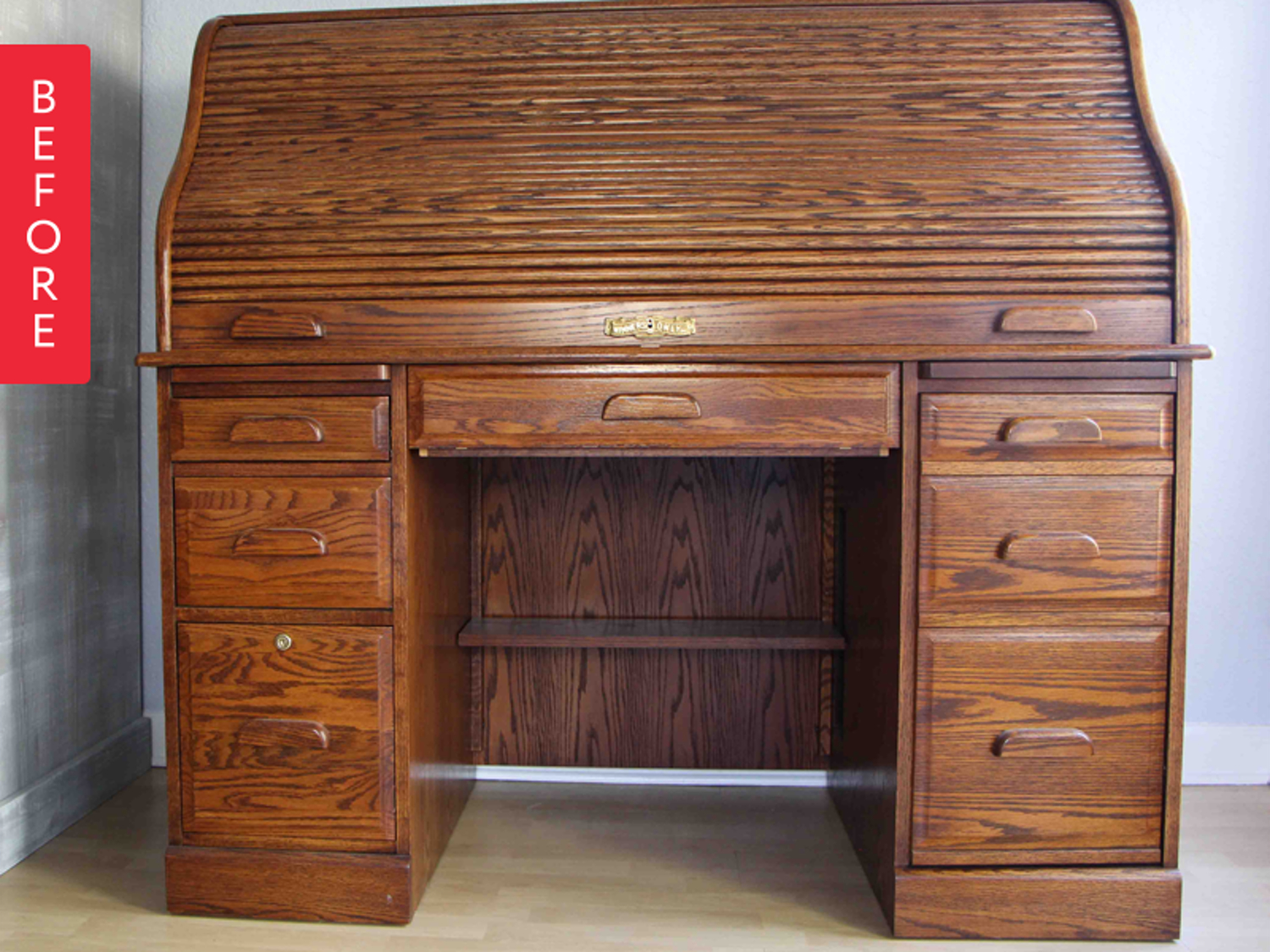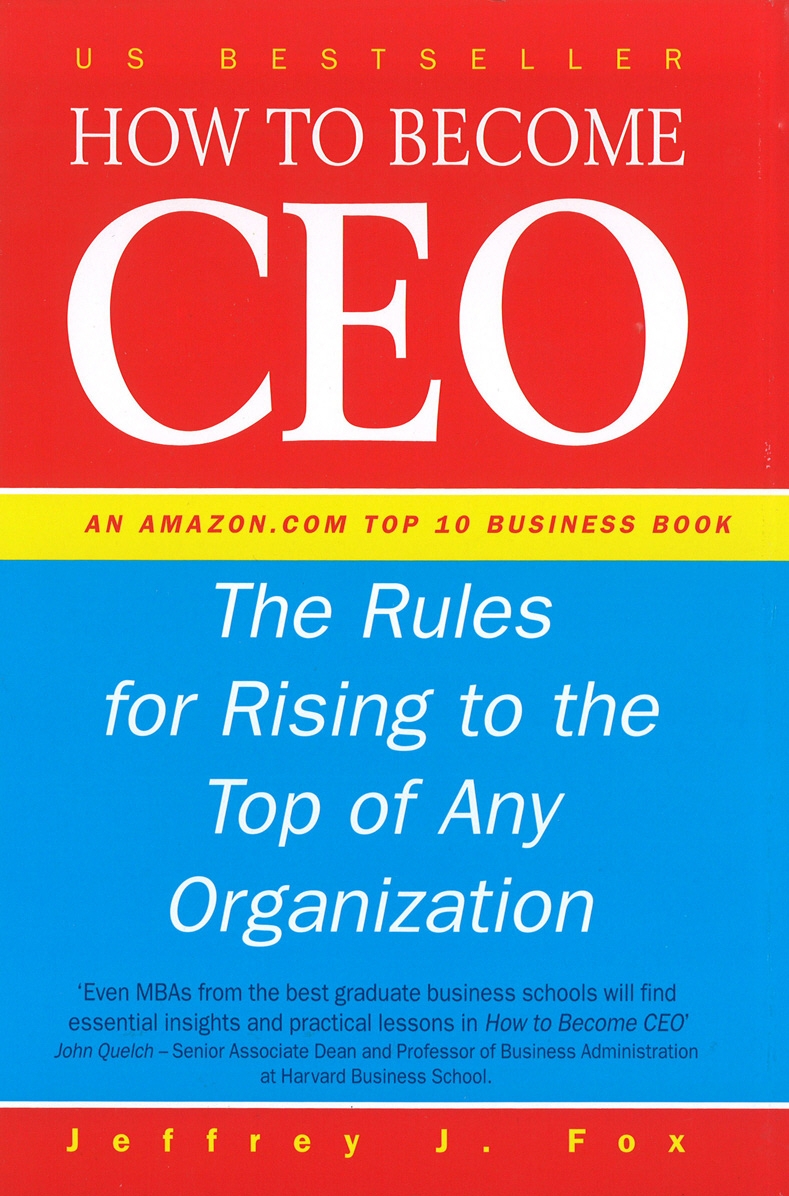So, you’ve got a roll top desk. Dust bunnies living in the pigeon holes, a few mysterious stains on the writing surface, and that wonderfully satisfying *kshhh* sound when you open and close it. But what’s it worth? More than sentimental value, that is?
First, let’s channel our inner Sherlock Holmes. Forget calling in the antiques roadshow immediately. We're starting with the basics. Look for a maker's mark. It might be a stamp, a label, or even an inscription.
If you find one, bingo! A well-known maker like Stickley or even a fancy-pants Victorian brand can dramatically increase the value.
Digging Deeper: Condition and Construction
Now, be brutally honest. Is your roll top desk more "shabby chic" or just plain shabby? Cracks, missing pieces, and water damage definitely affect the price. Think of it like this: a classic car with a dent is worth less than a pristine one.
But don’t despair if your desk has seen better days! Some restoration can actually increase its value, especially if it’s a rare piece. Just be careful not to over-restore; you don't want to erase its history!
How's the roll top mechanism? Does it glide smoothly, or does it sound like a rusty gate being forced open? A sticky roll top can be a red flag, suggesting internal damage or just years of neglect. This is a crucial part of the desk, so its functionality matters a lot.
Material Matters
What’s it made of? Oak, walnut, mahogany? Different woods fetch different prices. Solid wood is generally more valuable than veneer (a thin layer of wood glued to a cheaper base). You can usually tell the difference by looking closely at the edges.
Exotic woods like rosewood or burl walnut? Cha-ching! We're talking potentially serious money, depending on the desk's overall condition and style. Think of each material telling a story. Rosewood whispers tales of far-off lands and skilled artisans.
Style and Details: The Devil's in 'Em
Is your desk a plain Jane or a fancy Nancy? Ornate carvings, inlaid details (like mother-of-pearl), and secret compartments all add to the allure. The more unique the features, the more desirable it might be. Imagine finding a hidden drawer! Instant treasure hunt!
Consider the overall style. Is it Victorian, Art Deco, or something else entirely? Certain styles are more popular than others, driving up demand and prices. Don't be afraid to consult with an antiques expert if you're truly unsure. That's the next level.
The little things matter too! Are the original brass pulls still there? A missing handle might seem insignificant, but replacing it with a modern one can devalue the desk. It's about preserving its authenticity.
The Great Online Hunt: Research is Key
Now it's time to embrace the internet. Search for similar roll top desks on sites like eBay, Etsy, and online antique dealers. Pay close attention to the selling prices, not just the asking prices. What are people *actually* paying?
Look for desks with similar features, wood, and condition to yours. This will give you a ballpark estimate. Remember, location matters too. A desk might be worth more in a bustling city than in a rural area.
Beware of inflated prices! Some sellers are overly optimistic about their treasures. A healthy dose of skepticism is your friend here.
When to Call in the Pros: Appraisals and Experts
If you suspect you have something truly valuable, it’s worth getting a professional appraisal. An appraiser can assess the desk's authenticity, condition, and market value. Think of it as an investment in knowing the truth.
They'll also have access to resources and knowledge that you might not. This could include auction records and historical information about the maker. And they might tell you secrets about furniture that you never knew!
Ultimately, the value of your roll top desk is what someone is willing to pay for it. But armed with this knowledge, you can make an informed decision, whether you're selling, insuring, or simply cherishing a piece of history.


























